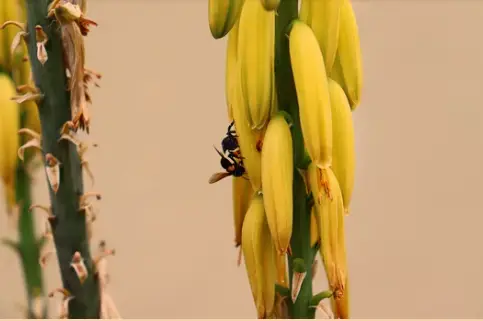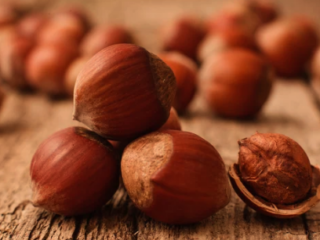What Do Aloe Vera Seeds Look Like?
Aloe vera, with its numerous health benefits and versatile uses, has gained immense popularity worldwide.
From skincare routines to soothing sunburns, this succulent plant has become a staple in many households.
While most people are familiar with the aloe vera plant’s gel-like interior, its seeds often remain a mystery to the average person.
In this blog post, we will explore the enigma of aloe vera seeds, provide you with an understanding of their appearance, and delve into their growth process.
What Are Aloe Vera Plants?
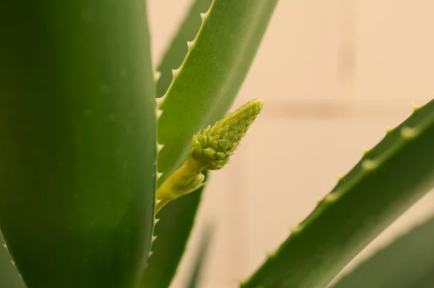
Aloe Vera Seeds
Before delving into the specifics of aloe vera seeds, let’s take a moment to understand the plant itself.
Aloe vera, scientifically known as Aloe barbadensis, is a succulent plant that belongs to the Asphodelaceae family.
It is characterized by its thick, spiky, and fleshy leaves that contain a gel-like substance renowned for its medicinal and skincare properties.
With their unique appearance and ease of cultivation, aloe vera plants have become a popular choice for both practical and aesthetic purposes
Aloe Vera Reproduction
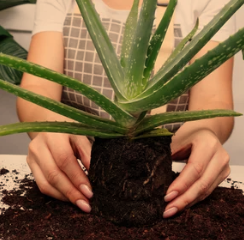
Aloe vera can reproduce through both vegetative propagation, where new plants emerge from the base of the parent plant, and by producing seeds.
While many aloe vera plants are cultivated through vegetative propagation due to their ease and reliability, seeds offer another method for propagation.
Aloe vera, like many other plants, has various methods of reproduction.
The most common methods of aloe vera reproduction include vegetative propagation, division, and seed propagation.
Vegetative Propagation
Vegetative propagation is the most widely used method for reproducing aloe vera. This method involves using plantlets, also known as “pups” or “offsets,” that emerge from the base of the parent plant. Here’s how it works:
- Pups: Aloe vera plants produce small offsets that grow from the root system near the base of the parent plant. These offsets are genetically identical to the parent plant and can be separated and replanted to grow new individual plants.
- Separation: To propagate aloe vera through vegetative propagation, wait until the offsets have developed their own root system and are about one-fifth the size of the parent plant. Carefully separate the pup from the main plant by gently pulling it away or using a clean, sharp knife.
- Planting: Once separated, allow the pup to dry for a day or two to let the cut-end callus over. Then, plant the pup in a well-draining potting mix, ensuring that the roots are covered and the plant is stable. Water the newly planted pup lightly and gradually increase the watering as it establishes itself.
Related: Nurturing Aloe: Watering Frequency
What Do Aloe Vera Seeds Look Like?
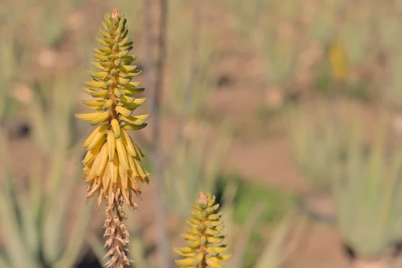
What Do Aloe Vera Seeds Look Like
Aloe vera seeds are relatively small and have a unique appearance. Here are some key characteristics:
- Size: Aloe vera seeds are tiny, measuring only a few millimeters in length, similar to the size of poppy seeds. Due to their minuscule size, they can be easily overlooked.
- Color: The color of aloe vera seeds can vary depending on the species and variety. Generally, they have a dark brown to black coloration, although shades of gray and even light brown can also be observed.
- Texture: Aloe vera seeds possess a smooth and glossy surface, which adds to their distinct appearance.
- Shape: The shape of aloe vera seeds is typically elongated and oblong, resembling small teardrops. However, it is important to note that the shape can vary slightly between different species.
Germination and Growth
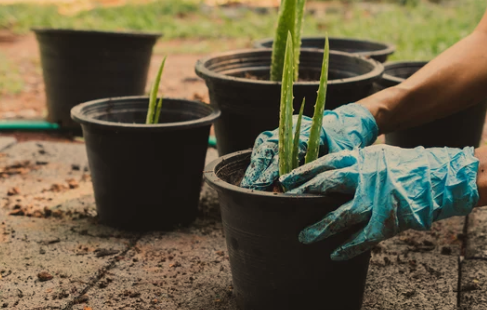
Aloe vera seeds, despite their small size, have the potential to germinate and grow into new plants. Here’s a closer look at their growth process:
- Germination: Aloe vera seeds require specific conditions to initiate germination. They prefer warm temperatures, typically around 75 to 85 degrees Fahrenheit (24 to 29 degrees Celsius), and well-draining soil. Moisture is essential during the germination process, but overwatering should be avoided as it can lead to rot.
- Seedlings: Once germination occurs, small aloe vera seedlings begin to emerge from the soil. These seedlings have delicate, narrow leaves that gradually develop into the typical fleshy and spiky leaves of mature aloe vera plants.
- Development: As the seedlings grow, they require ample sunlight, preferably at least six hours of indirect or filtered sunlight per day. Gradually, they develop a rosette-like form with multiple leaves radiating from a central point.
- Maturity: With time, the aloe vera plant matures and becomes self-sufficient, capable of sustaining itself through photosynthesis. The mature plant produces offsets, commonly known as “pups,” which can be separated and propagated to grow new plants.
Seed Propagation
While less commonly used than vegetative propagation, aloe vera can also be propagated from seeds. However, it’s important to note that aloe vera seeds have a relatively low germination rate and require specific conditions for successful growth. Here’s a basic overview of seed propagation:
- Collection: Allow the aloe vera plant to produce flowers, which will eventually turn into seed pods. Once the pods turn brown and start to split open, collect the mature seeds.
- Germination: Plant the aloe vera seeds in a well-draining seed starting mix, lightly covering them with a thin layer of soil. Maintain a warm temperature of around 75 to 85 degrees Fahrenheit (24 to 29 degrees Celsius) and provide consistent moisture. Germination can take several weeks to months.
- Seedling Care: As the seedlings emerge, provide them with adequate sunlight and continue to water them sparingly, allowing the soil to dry slightly between waterings. Transplant the seedlings into individual pots once they develop several sets of true leaves.
It’s worth noting that aloe vera seeds may not produce plants identical to the parent plant due to cross-pollination or genetic variation.
Warp Up
Aloe vera seeds, though often overlooked, hold the potential for new growth and the continuation of this remarkable succulent.
Understanding the appearance and growth process of aloe vera seeds allows us to appreciate the intricate journey from seed to succulent.
The next time you come across an aloe vera plant, take a moment to consider the hidden potential encapsulated within those tiny seeds, and marvel at the wonders of nature’s reproduction and growth.

